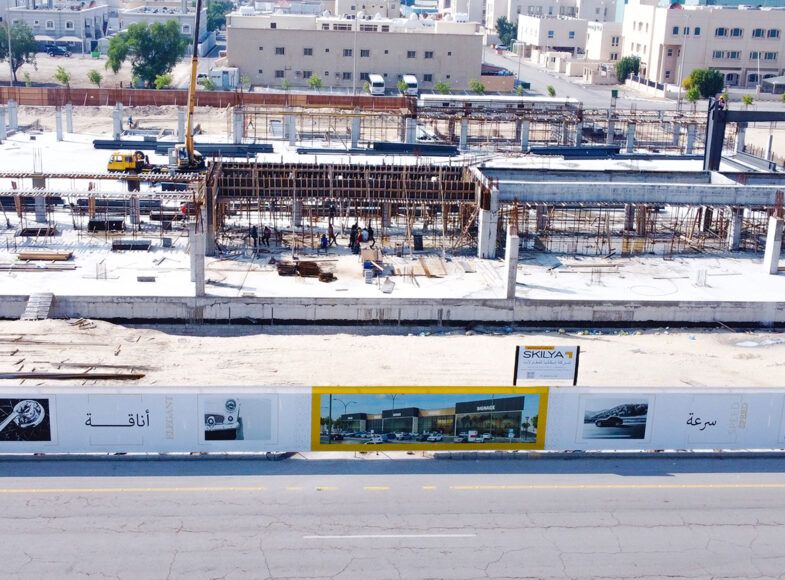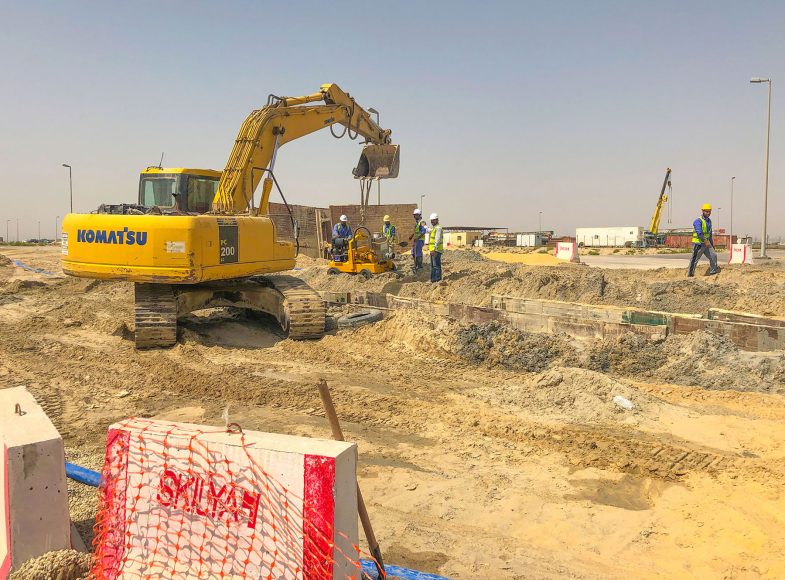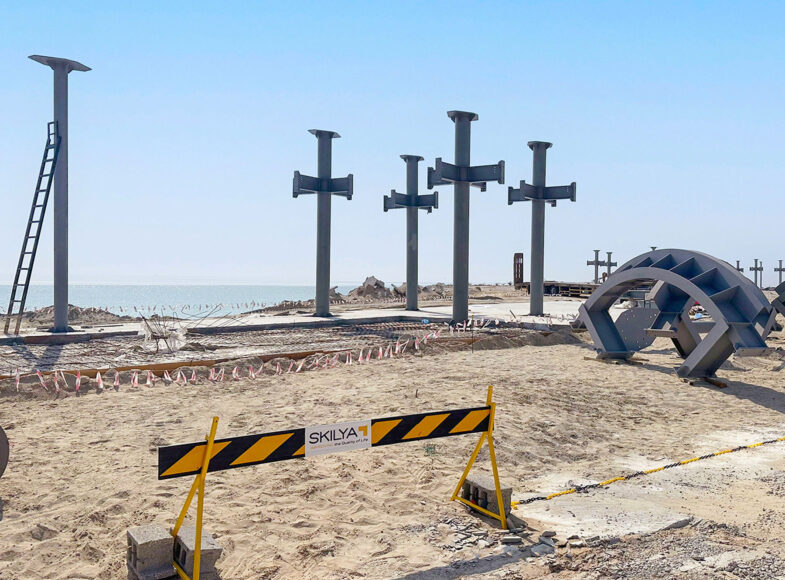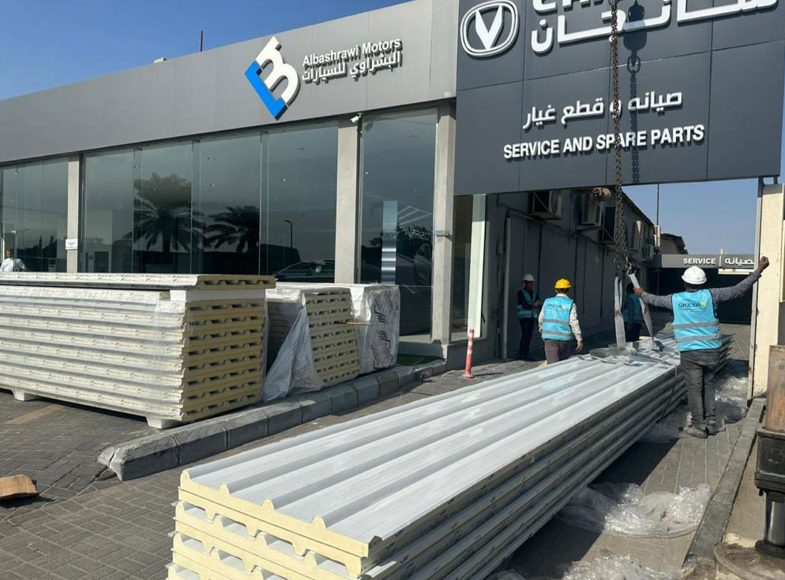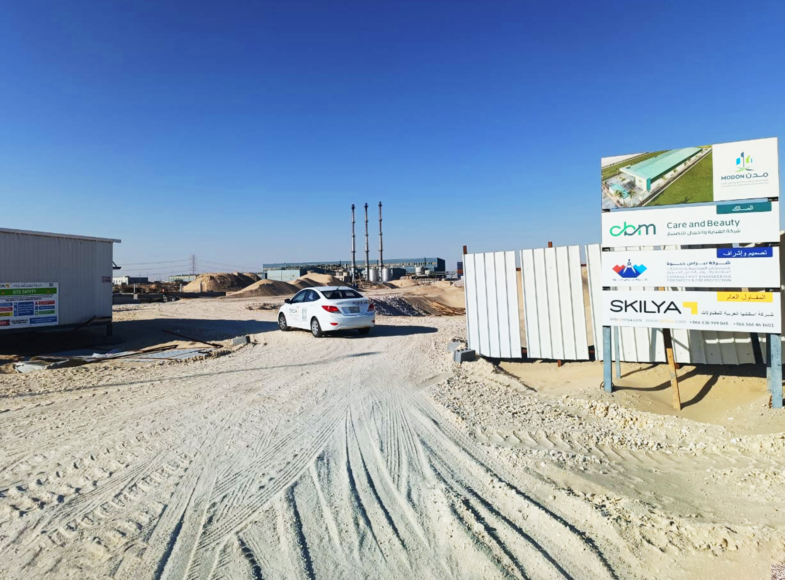Sabic Admin Building
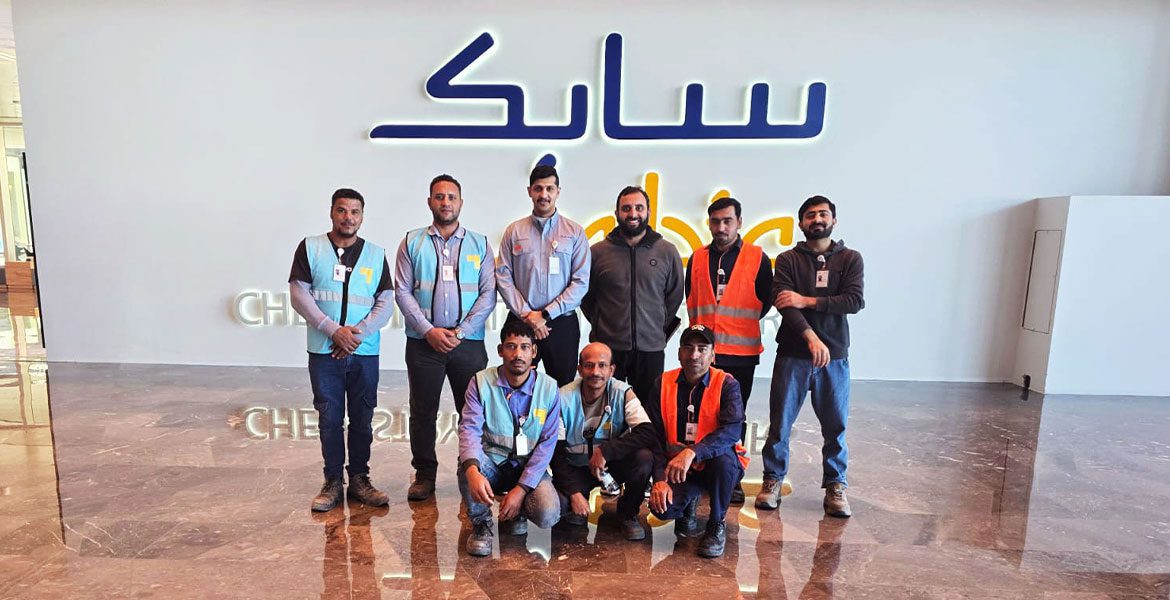
Skilya Contracting: Leading Factory Construction Company in Dammam and Khobar Completes Sabic Admin Building.
Introduction
Steel manufacturing is a cornerstone of modern industry, providing essential materials for construction, automotive, and various other sectors. Skilya is dedicated to playing a significant role in this vital industry, focusing on innovation, quality, and sustainability. Steel structures are integral to modern construction, providing strength, durability, and flexibility. The process of creating steel structures involves three main phases: fabrication, designing, and erection
Designing Steel Structures
- Structural Engineering
The design phase begins with structural engineering, where engineers create detailed plans and specifications for the steel structure. This includes calculations for load-bearing capacities, material strengths, and safety factors. Advanced software is often used to simulate structural performance under various conditions.
- Architectural Considerations
Designing steel structures also involves architectural considerations. Architects work closely with engineers to ensure that the aesthetic aspects of the building align with functional requirements. This collaborative process results in designs that are both visually appealing and structurally sound.
- Compliance and Standards
All designs must comply with local and international building codes and standards. This ensures safety, reliability, and sustainability. Engineers must stay updated on regulations to ensure that their designs meet the required guidelines.
Fabrication of Steel Structures
- Material Selection
The fabrication process starts with material selection, where high-quality steel is chosen based on the specific requirements of the project. Factors such as strength, corrosion resistance, and cost-effectiveness play a crucial role in this decision.
- Cutting and Shaping
Once the materials are selected, the steel is cut and shaped into the required components. Advanced machinery, including CNC machines and laser cutters, is often used to achieve precise dimensions and shapes. This stage is critical for ensuring that all parts fit together correctly during assembly.
- Welding and Assembly
After cutting, the individual components are welded together to create larger sections of the structure. Skilled welders ensure that joints are strong and meet quality standards. Quality control measures are implemented throughout this process to maintain high fabrication standards.
Erection of Steel Structures
- Site Preparation
Before erection can begin, the construction site must be prepared. This includes laying a solid foundation capable of supporting the weight of the steel structure. Site safety protocols are also established to protect workers during the erection process.
- Assembly on Site
The erection phase involves transporting the fabricated steel components to the construction site and assembling them into the final structure. Cranes and other lifting equipment are used to maneuver large sections into place. Skilled teams work together to ensure that assembly is efficient and safe.
- Quality Assurance
Throughout the erection process, quality assurance is crucial. Inspections are conducted to verify that the structure is being assembled according to the design specifications. Any issues identified during this phase are addressed promptly to ensure structural integrity.
The Role of Skilya Company
- Innovation and Research
Skilya company is dedicated to continuous improvement and innovation in steel manufacturing. We invest in research and development to explore new materials and production methods, enhancing the strength and durability of our products. By staying at the forefront of technology, we aim to lead the industry in innovation.
- Sustainability Initiatives
We recognize the importance of sustainability in steel manufacturing. Our operations focus on minimizing environmental impact through energy-efficient processes and waste reduction. We are committed to recycling materials and reducing carbon emissions, aligning our practices with global sustainability goals.
- Community Engagement
Skilya believes in giving back to the community. We engage with local stakeholders through educational programs, job training, and partnerships with schools and universities. By fostering a skilled workforce, we contribute to the economic development of the region.
Conclusion
Skilya company plays a vital role in the steel manufacturing industry, emphasizing innovation, quality, and sustainability. By focusing on responsible sourcing, advanced production techniques, and community engagement, we are committed to producing high-quality steel that meets the needs of various sectors. As we move forward, we aim to continue setting industry standards and contributing positively to the economy and environment.
Related Projects
View Our Project Gallery
 Sabic Gallery
Sabic Gallery




